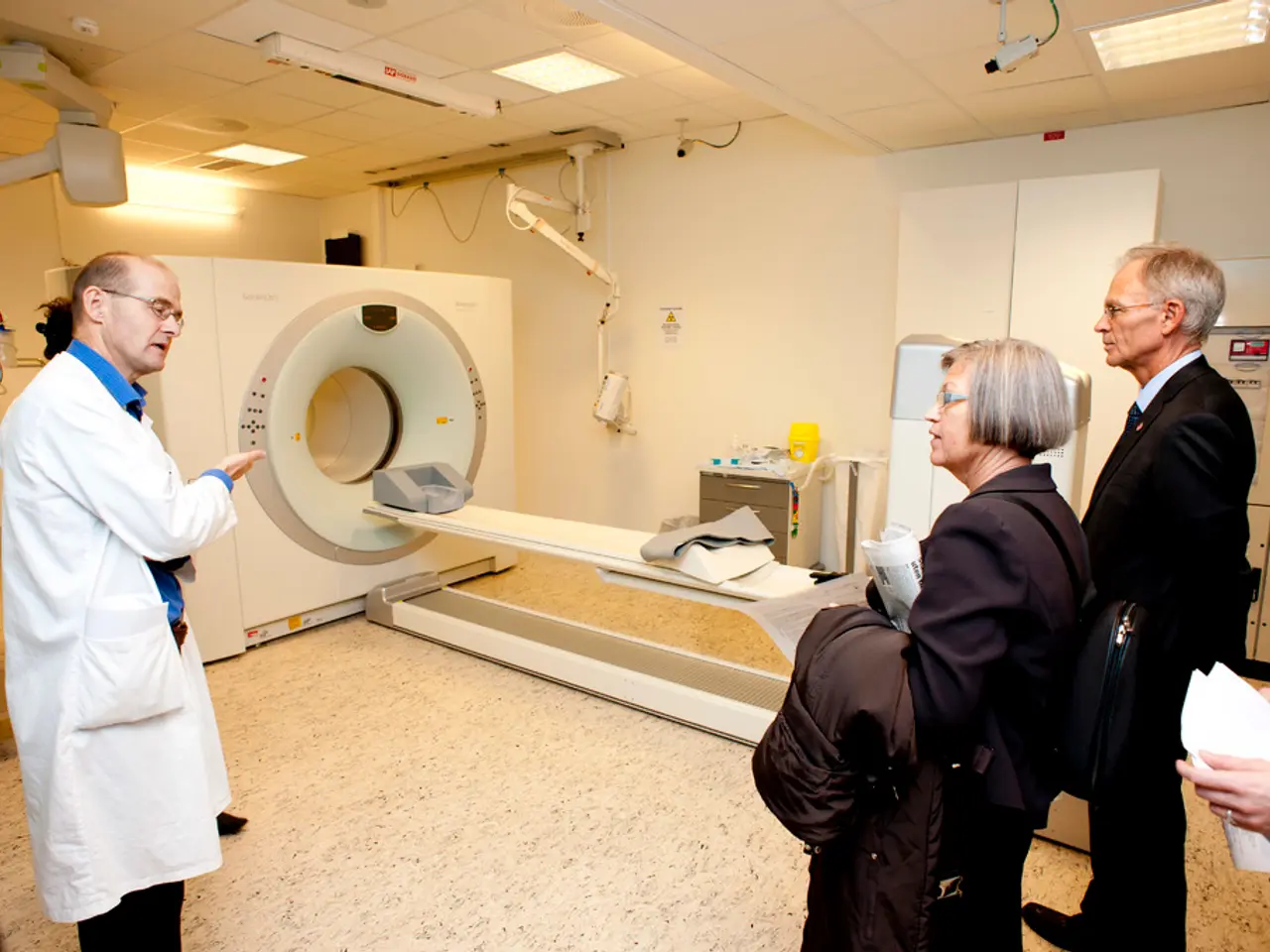Guidelines for confidentiality professionals on data protection practices
The 2023 updated "Working Together to Safeguard Children" guidance underlines the importance of sharing information for safeguarding children. This advice is relevant to a wide range of organizations, including those in sectors such as social care, education, health, justice, and voluntary, as well as those working with adults.
The guidance stresses that sharing information is crucial for safeguarding children because no single practitioner or agency can have a complete picture of a child’s needs and circumstances. Effective safeguarding requires a collaborative, child-centred approach where all professionals across the mentioned sectors share relevant information promptly to identify concerns early, provide timely help, and prevent harm or neglect.
Key points on the importance of sharing information include:
- Early identification and intervention: Sharing helps provide the right support as soon as problems emerge, addressing needs before they escalate into harm or maltreatment.
- Protection from harm inside and outside the home, including online risks: Coordinated information sharing lets professionals understand all dimensions of potential risk, including abuse, exploitation, or neglect.
- Holistic understanding of the child’s situation: Since children’s lives often involve multiple professionals and agencies, sharing information creates a fuller, more accurate view of their welfare and development needs.
- Effective joint working and decision-making: When agencies collaborate by sharing relevant, proportionate information, they can better plan and take action that ensures children’s safety and welfare.
- Legal and ethical responsibility: The guidance underlines legal obligations to share information when it is in the best interests of the child or when required by law, balancing confidentiality and safeguarding duties.
In summary, sharing information according to the 2023 guidance is vital to enable a coordinated and effective safeguarding system, prevent harm, promote children’s welfare, and ensure they receive timely help and protection across all sectors involved in their care.
This advice is applicable to managers, senior leaders, and frontline practitioners, as well as those working with adults, including parents, carers, families, and adults who may pose a risk to children. The guidance should be read alongside the statutory guidance "Working together to safeguard children 2023".
[1] Working Together to Safeguard Children 2023, Department for Education, UK Government, 2023 [2] Statutory Guidance for Safeguarding Children in England, Department for Education, UK Government, 2018 [3] Keeping Children Safe in Education, Department for Education, UK Government, 2021
- In the holistic understanding of a child's situation, information shared across the sectors of social care, education, health, justice, and voluntary work can offer a fuller and more accurate view of the child's health-and-wellness needs.
- To effectively safeguard children and prevent harm or neglect, professionals working in the fields of science, as well as other sectors like social care, education, health, justice, and voluntary, should promptly share relevant, proportionate information in a collaborative, child-centred approach.




